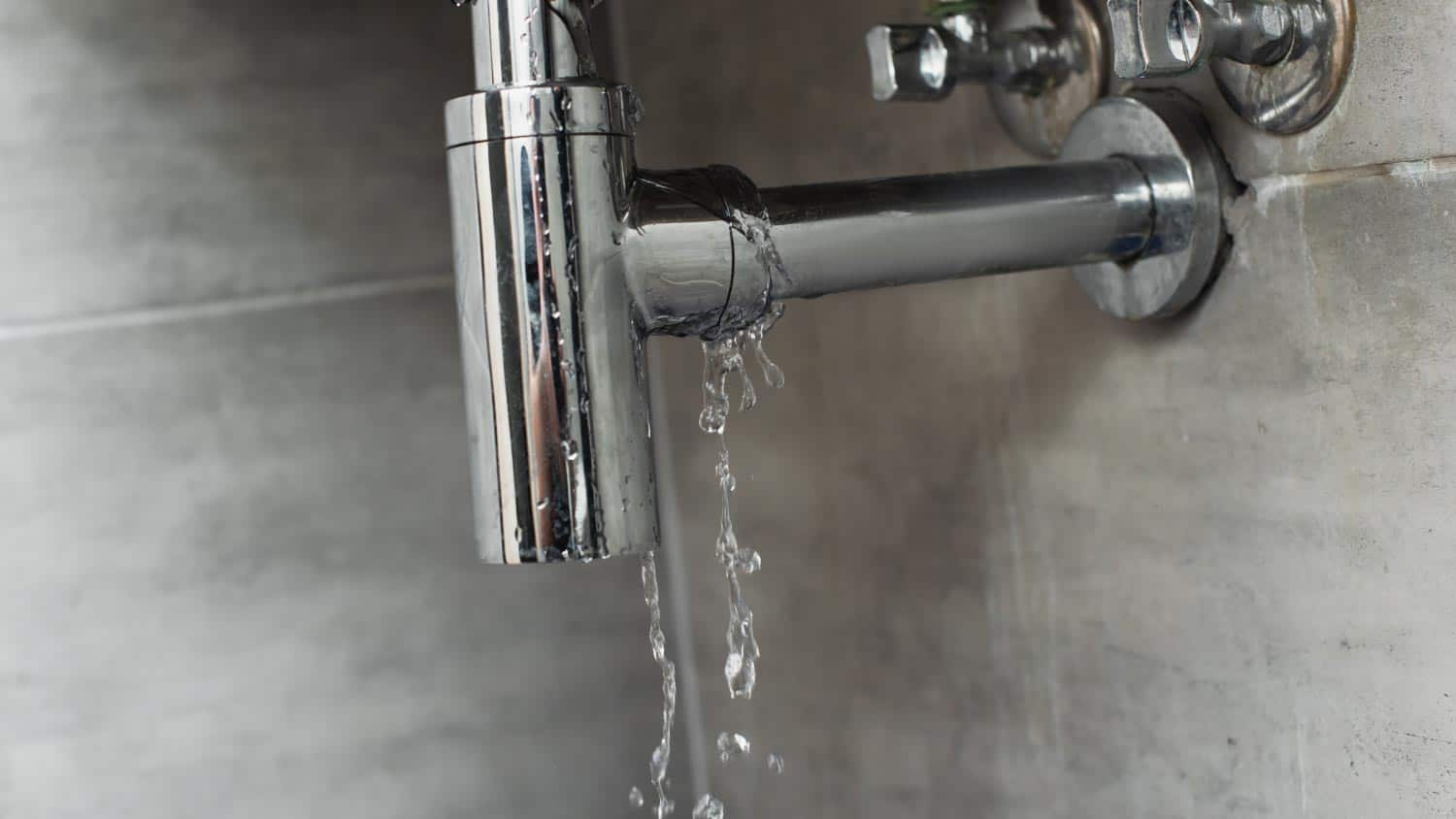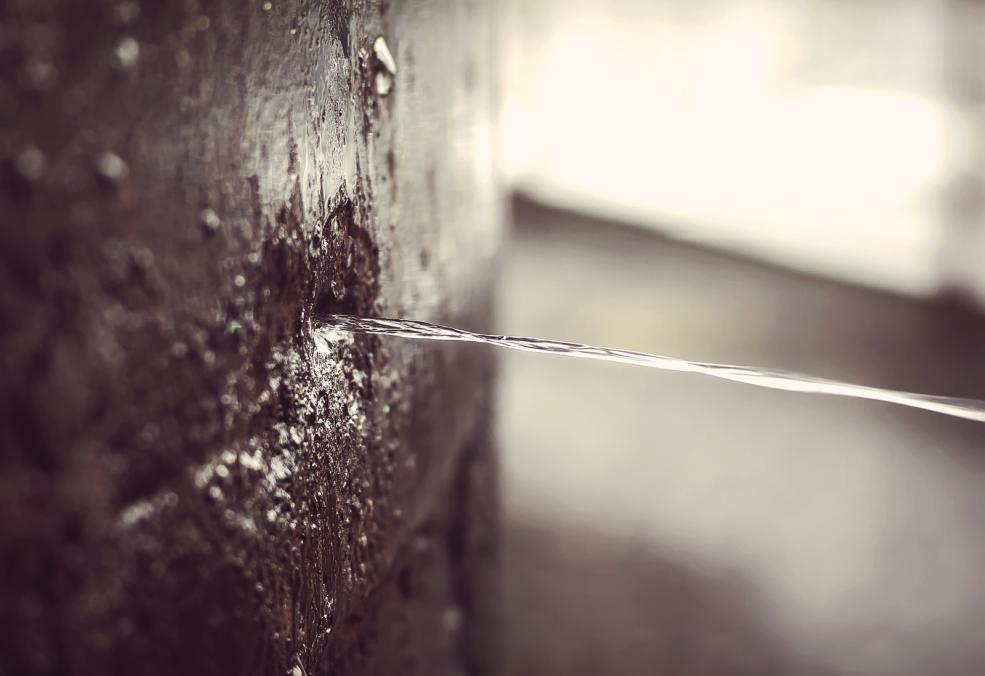Exactly how to Find and Repair Water Leaks-- A Comprehensive Overview
Exactly how to Find and Repair Water Leaks-- A Comprehensive Overview
Blog Article
Are you currently searching for related information on Leaking water lines?

Early detection of dripping water lines can reduce a prospective catastrophe. Some little water leaks might not be visible.
1. Take A Look At the Water Meter
Checking it is a guaranteed means that aids you discover leaks. If it relocates, that suggests a fast-moving leakage. This means you may have a slow leak that could even be below ground.
2. Examine Water Intake
Examine your water expenses and also track your water intake. As the one paying it, you should notice if there are any kind of disparities. If you spot sudden changes, regardless of your consumption being the same, it suggests that you have leakages in your plumbing system. Bear in mind, your water costs need to drop under the very same variety each month. An unexpected spike in your costs suggests a fast-moving leak.
At the same time, a consistent boost on a monthly basis, despite having the exact same routines, reveals you have a sluggish leak that's also slowly rising. Call a plumber to extensively examine your home, specifically if you really feel a cozy location on your flooring with piping beneath.
3. Do a Food Coloring Test
When it concerns water intake, 30% comes from toilets. Test to see if they are running correctly. Decline specks of food shade in the tank and also wait 10 minutes. If the shade somehow infiltrates your dish during that time without flushing, there's a leakage between the container and dish.
4. Asses Exterior Lines
Do not forget to inspect your exterior water lines too. Test faucets by affixing a garden pipe. Should water permeate out of the connection, you have a loose rubber gasket. Change this and guarantee all connections are limited. If you have actually obtained a sprinkler system, it will certainly aid get it expertly took a look at and also kept annually. One tiny leakage can throw away tons of water as well as increase your water costs.
5. Evaluate the situation and evaluate
Property owners must make it a practice to check under the sink counters as well as also inside cupboards for any bad odor or mold and mildew development. These 2 warnings show a leakage so punctual focus is called for. Doing regular examinations, also bi-annually, can conserve you from a significant trouble.
Extra notably, if you recognize your house is already old, keep a watchful eye on your heaters, hoses, pipes etc. Look for discolorations as well as deteriorating as most pipes and appliances have a life span. They will certainly additionally naturally deteriorate due to tear as well as wear. Don't wait for it to escalate if you believe leaking water lines in your plumbing system. Call a specialist plumber right away so you do not end up with a terrible mess in your house.
Early detection of leaking water lines can alleviate a potential catastrophe. Some little water leakages may not be visible. Inspecting it is a surefire method that aids you find leakages. One tiny leakage can squander bunches of water as well as increase your water bill.
If you presume dripping water lines in your plumbing system, don't wait for it to intensify.
How to Know If Your Home Has a Hidden Leak
Water Meter Reveals Inexplicable Water Usage
If you’d like to test whether or not there’s a leak somewhere in your home, you can do this using your water meter. Here is how to conduct the test:
Don’t use any water in your home for at least 30 minutes; this also means not turning on faucets or water-using appliances.
Go outside, and check your water meter for activity.
If your water meter shows that there was activity, even though no one was using any water, this proves that there is a leak in your home.Visible Mold or Mildew Growth
Leaks behind walls create moist, dark environments that allow mold and mildew to grow and thrive. Eventually, you might see mold growth forming on the wall closest to a hidden leak.
If mold is growing in an area that receives a high amount of moisture, such as a bathroom, it may simply be an indication that better ventilation is needed. However, if you see mold growth on a wall or the ceiling in an area where you would not expect, you probably have a hidden leak.
Musty, Mildew Odor
Sometimes you might not be able to see the mold or mildew that is growing as a result of a leak. However, the smell can give the problem away just as easily. If you catch a whiff of something musty, there’s a good chance that old water is collecting somewhere in your home that you can’t see.
Stained/Warped Walls, Ceilings, or Floors
When your home soaks up water, a variety of red flags can become visible, including ceiling stains, bubbling drywall, warped walls, and sagging floors. While these issues can be caused by excess humidity, they can also be signs that a pipe or plumbing connection has started leaking behind your walls.
Inexplicably High Water Bill
After a while, you get a general sense for what your water bill should be. If you own a pool or sprinkler system, your bill will tend to be higher during summer. However, if you receive a water bill that seems especially high, and you can’t figure out what caused it, then you may have a hidden leak somewhere that’s increasing your bill.
https://www.plumbingjoint.com/blog/2019/july/how-to-know-if-your-home-has-a-hidden-leak/

I was shown that article about Hacks to detect leaks from a good friend on another web page. Are you aware of somebody else who is excited by the subject? Be sure promote it. I value reading our article about Top leak detection hacks.
Report this page